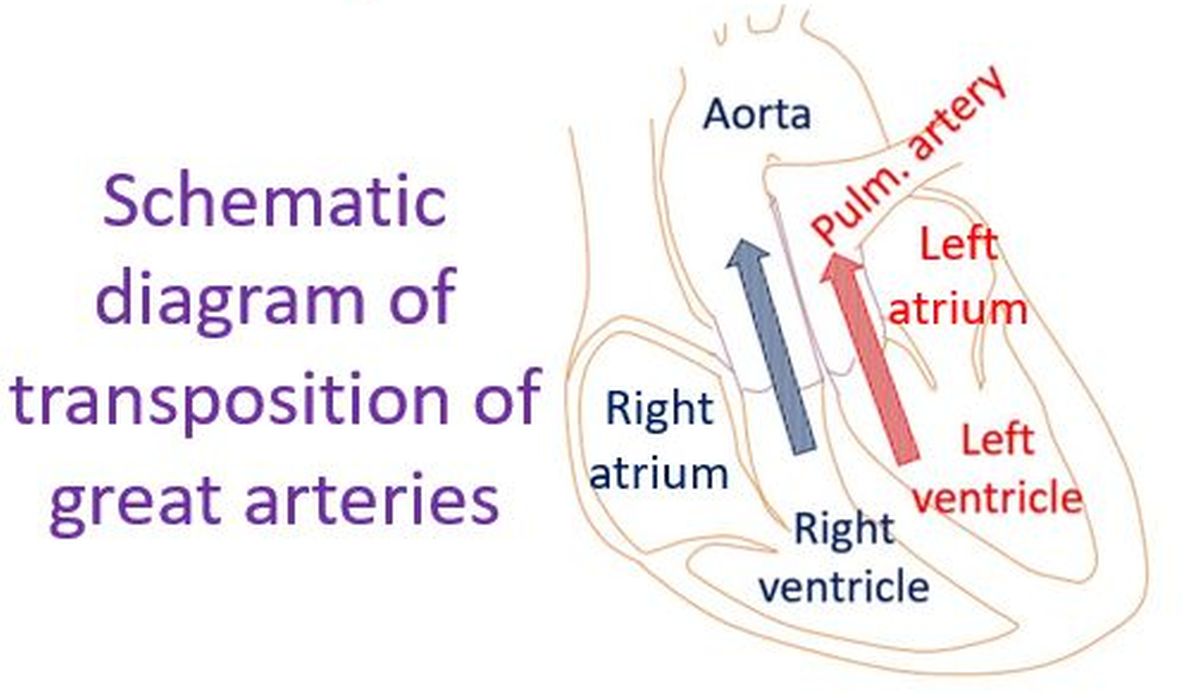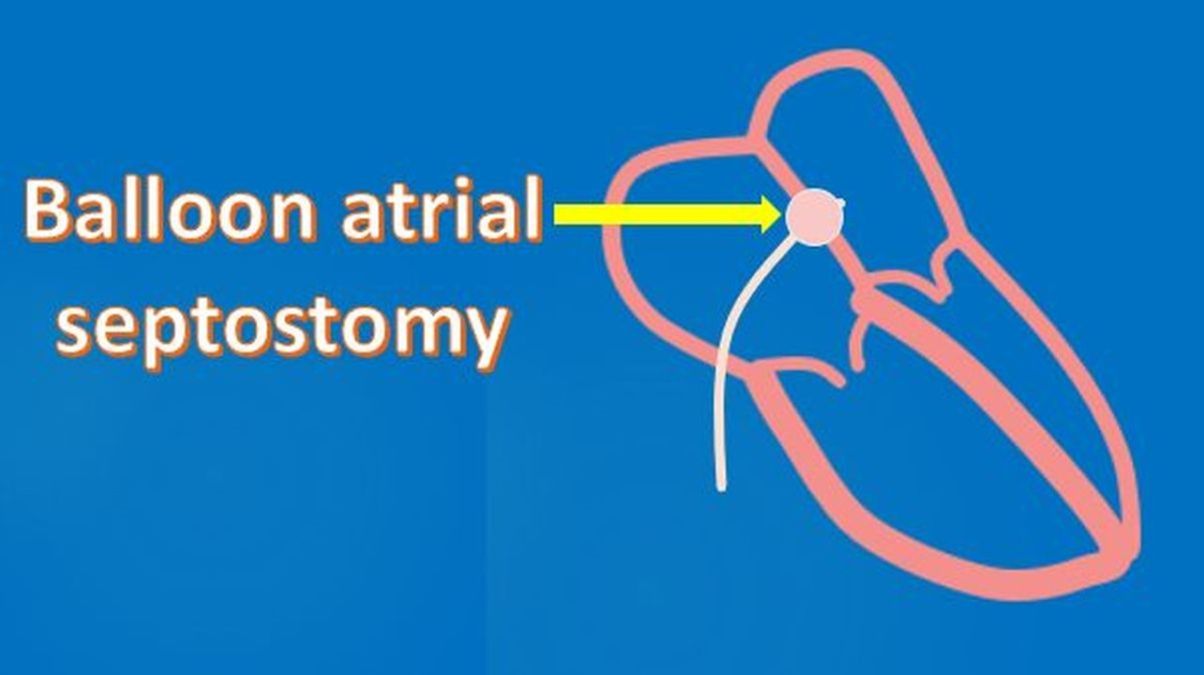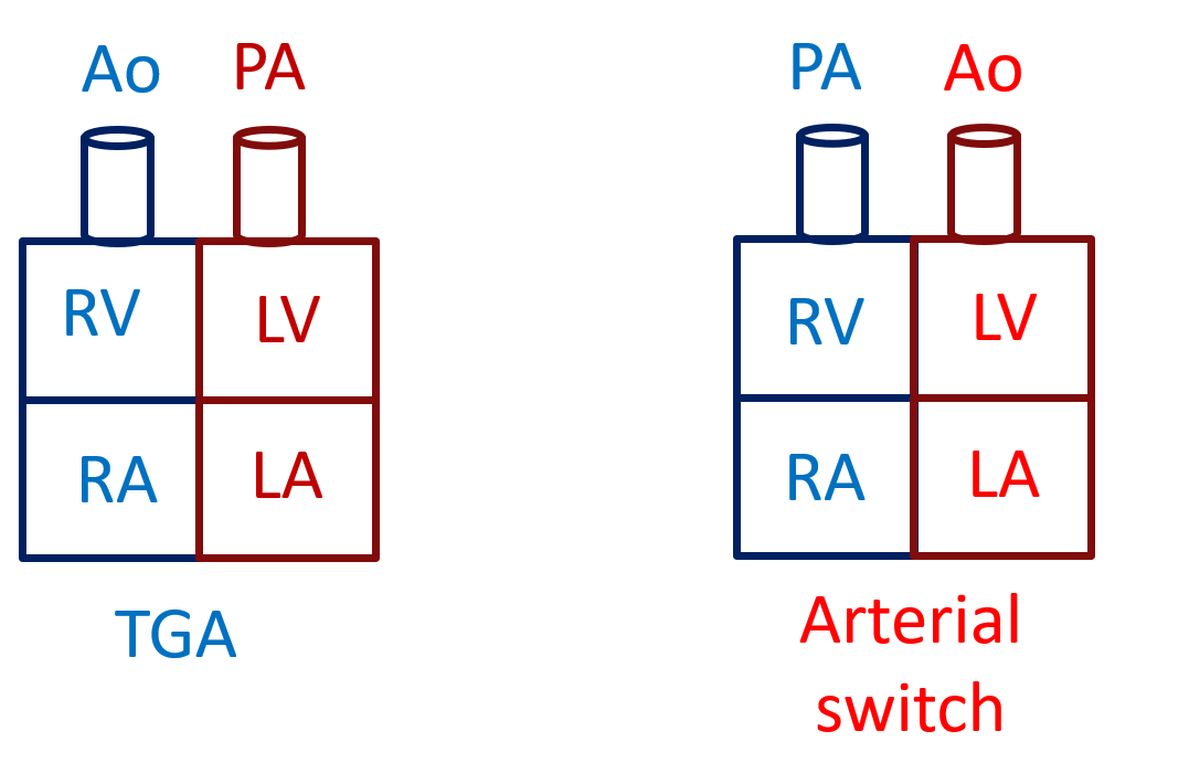What are atrial switch operations?
What are atrial switch operations?
Atrial switch operations were the initial operations developed for the treatment of transposition of great arteries. In transposition of great arteries, the aorta arises from the right ventricle and pulmonary artery from the left ventricle. Normally aorta originates from the left ventricle and pulmonary artery arises from the right ventricle. The ventricles are the lower muscular chambers of the heart. Aorta carries oxygenated blood to the whole body while pulmonary artery carries blood returning from the body, to the lungs for oxygenation.

In transposition of great arteries, blood returning from the body is pumped back into the body without oxygen enrichment. Blood returning from the lungs after oxygenation is pumped back into the lungs without utilization of the oxygen. So survival is impossible unless there is good mixing by a defect in the walls separating two sides of the heart. Best form of mixing can occur if there is a defect in the wall between the upper chambers (atrial septal defect). In those with poor mixing, a defect in the atrial septum is created in the early period of life by a procedure known as balloon atrial septostomy to improve survival. Corrective surgery is done later, when the condition of the baby permits.

In the ideal surgery for transposition of great arteries, the abnormally positioned aorta and pulmonary artery are switched back to their expected positions. That is why that operation is known as arterial switch operation, which was described in 1975. Prior to that transposition of great arteries was treated by switching the return of blood from the body and lungs to opposite side to functionally correct the transposition. These were called at atrial switch operations. The first one known as Senning operation, using atrial flaps, was described in 1957. The second one was Mustard operation, using pericardium, described in 1963. Pericardium is the outer covering of the heart, pieces of which are taken to redirect the blood flow in Mustard operation.

While arterial switch redirects the arteries arising from the ventricles (lower chambers), atrial switch re-routes the blood coming to the upper chambers. In transposition of great arteries, oxygen poor blood returning from body reaches the right atrium and gets pumped into the aorta from the right ventricle. In atrial switch, blood returning to the right atrium is redirected to the left ventricle. Similarly, blood returning from the lungs to the left atrium after oxygenation is redirected to the right ventricle. So, though the position of the arteries are not corrected, the type of blood which they receive are those which they should have received normally. Hence it is a functional correction of transposition of great arteries. Just as we say double negative becomes positive!




